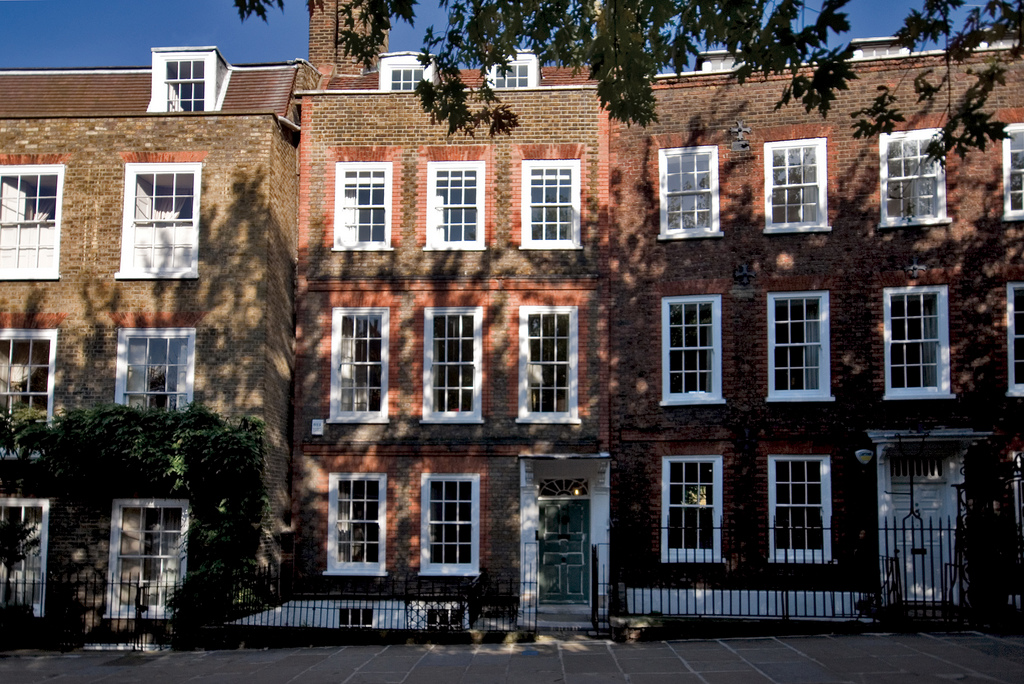There are a lot of Leschers knocking around in parts of the story, so it is probably useful to have some brief biographies of some of them. This one is the son of Joseph Samuel Lescher, of Boyles Court, Essex, and the grandson of another Joseph Francis Lescher also of Boyles Court. Joseph Francis Lescher Senior was one of the two Lescher brothers who came from Alsace towards the end of the C18th. Joseph was the elder, probably by at least ten years, and William his younger brother arrived in England in 1778.
According to Joseph’s niece Frances, “In the second half of the eighteenth century a Laurence Lescher of Kertzfeld, by his overbearing temper and iron discipline, so worked upon the sensitive mind of his oldest son, Joseph, as to drive him to run away from home. It is related that the youth arrived in London with only half a crown in his pocket; but with the indomitable spirit of his sires, he made good use of his natural capacity, and in the year 1778 found himself in a position to marry, and to bring to London his brother William, then a boy of ten. The two brothers eventually became partners in a starch factory. Joseph purchased the estate of Boyles Court in Essex, but William remained in London, where he could more easily keep in direct touch with the practical details of his business.” Frances Lescher becomes Sister Mary of St. Philip, and has a successful career at Mount Pleasant convent in Liverpool.
So from a family point of view, this side of the family are more distant cousins. But back to this Lescher.
Mr. Joseph Francis Lescher, the recipient of the hereditary honour of Count of the Holy Roman Empire from Pius X., belongs to a family which has provided, not only well-known sons to the Church, but conspicuous men of business to the City. Mr. Herman Lescher, (his second cousin) whose death took place while he was yet a young man, established what was reputed among his fellow-accountants to be the largest single-handed business existing among them all. Mr. Joseph Lescher has himself served as a director of the Phoenix Assurance and other companies, and, as this honour bestowed by the Holy See reminds us, has given his services to many a charitable undertaking. Born in 1842, the son of Mr. Joseph Samuel Lescher, J.P., of Boyles Court, Essex, and his wife, Martha, daughter of John Hoy, of Stoke Priory, Suffolk, he was educated at Stonyhurst, and married, in 1875, Miss Mira Hankey, daughter of Captain Hankey, 9th Lancers. He was High Sheriff of Essex for 1885, and is the Chairman of the Brentwood Petty Sessions.
The above text was found on p.21, 23rd March 1907 in “The Tablet: The International Catholic News Weekly.” Reproduced with kind permission of the Publisher” The Tablet can be found at http://www.thetablet.co.uk .
MR. J. F. LESCHER.
We regret to record the death, on Monday last, of Mr. Joseph Francis Lescher, J.P., hereditary Count of Rome and Baron of Kertsfeld in Alsace by grant of Louis XIII. Mr. Lescher, who was eighty-two years of age, was a son of the late Mr. Joseph Lescher, of Boyles Court, near Brentwood. He was educated at Stonyhurst and afterwards entered upon financial and commercial life, becoming a director of the Phoenix Assurance and other companies. He was prominently identified with public life in the county of Essex, where, for upwards of fifty years, he served as a Justice of the Peace, being Chairman of the Brentwood Bench for thirty years ; he was also a J.P. for Middlesex and London. He retained his activity until the end, and was sitting in court only a few days before his death. He had been High Sheriff of Essex in 1885 and was a deputy-lieutenant for the county. In 1907 Mr. Lescher was created hereditary Count by Pius X.—R.I.P.
The above text was found on p.32, 13th January 1923 in “The Tablet: The International Catholic News Weekly.” Reproduced with kind permission of the Publisher” The Tablet can be found at http://www.thetablet.co.uk .
